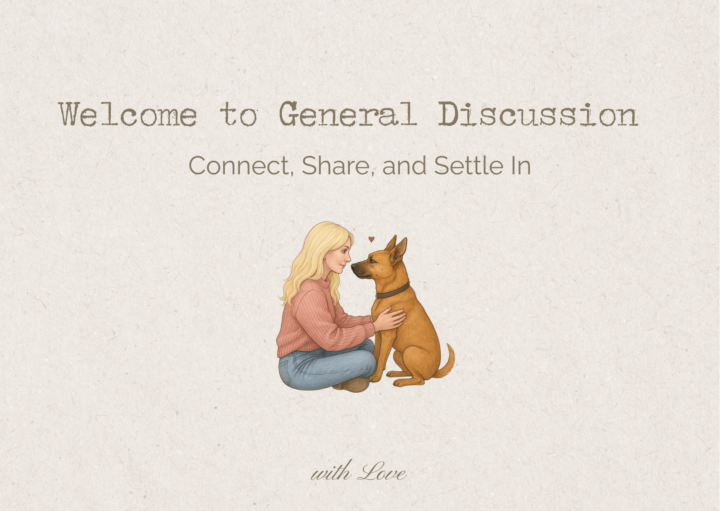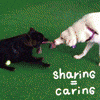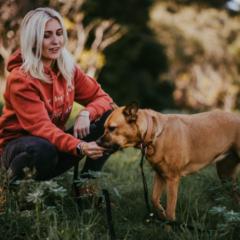Activity
Mon
Wed
Fri
Sun
Jan
Feb
Mar
Apr
May
Jun
Jul
Aug
Sep
Oct
Nov
Dec
What is this?
Less
More
Owned by Karl
EASY VIEWS the Best Free Grow on YouTube Community Get Easy Views Get 1000 Subs Get Monetized on YouTube
Create, Launch & Monetize your very own Highly Profitable YouTube Channel Only for Educational Channels & Personal Brands with 1000 Subscribers
Memberships
Full Circle
160 members • Free
3 contributions to Aggression in Dogs:Support Hub
Welcome to General Discussion – Start Here!
Welcome to Canine Conversations: The Learning Hub 🐾This is our general community space where everyone, pet guardians and future trainers alike, can introduce themselves, share wins, ask quick questions, and connect casually. You’re welcome to: - Tell us about your dog or journey - Ask a question that doesn’t quite fit in the topic groups - eg "Why does my dog?" - Share behavior journeys, wins and challenges. - Post helpful links or news (behavior, welfare, ethical training, etc.) Please remember this is a respectful, supportive space grounded in kindness and science-based practices. We’re here to grow together and your voice matters. 👋 Start by introducing yourself in the comments below: - Your name and where you’re based - Who’s in your household (dog/s, human/s, anything else!) - Favorite dog sport or activity - Behavior Struggle - One thing you’re working on or curious about right now Let’s get to know each other and dive into behavior.

If you could ask you dog 1 question what would that be?
Lets create a conversation, if you have ever wondered "why does my dog"? Drop your question in the comments and I will help you to understand the behavior.
Resource Guarding Begins in the Brain — Not in Bad Behavior.
What if I told you… Resource guarding doesn’t start with the item — it starts with the fear of losing it. And that fear is wired deep in the brain. Guarding behaviors are rooted in the emotional centers of survival — the same systems that process threat, pain, and scarcity. It’s not about being “spoiled” or “dominant.” It’s about a dog who feels unsafe — afraid that something they need might disappear. You might see: Growling when approached near food or toys Freezing or hovering near high-value chews Hiding items, tensing up, or reacting to touch Guarding a person, a bed, or even a specific room These dogs aren’t being “difficult.” They’re responding to an internal alarm — shaped by early experience, genetics, deprivation, pain, or trauma. 📎 Inside the Multi-Dog Household guide, you’ll find: ✔ Why some dogs guard and others don’t ✔ Practical, science-backed strategies to reduce conflict ✔ Safe feeding, rest, and management set-ups ✔ How to help your dog feel safe enough to share — or walk away This post is here to help you unlearn the myths and understand the meaning behind the behavior. 📬 Drop your story or question below — and let’s look at it through a lens of safety, not control. https://www.canva.com/design/DAGmFAQX7_8/rzfajK9qTLqyw34vDbKUdA/view?utm_content=DAGmFAQX7_8&utm_campaign=designshare&utm_medium=link2&utm_source=uniquelinks&utlId=h529b84a671

1-3 of 3
Online now
Joined Jul 26, 2025
South Africa


